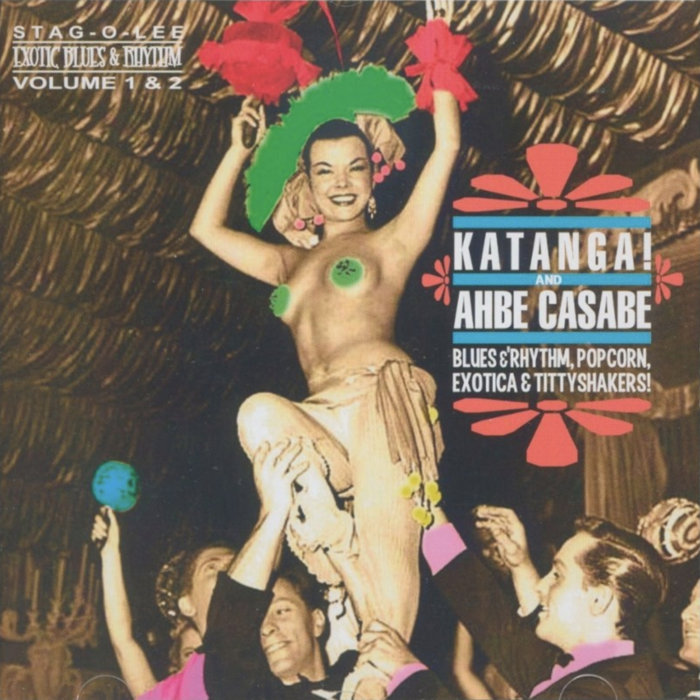
I'm Going Home – Prince Conley
this blog is GROOVY – check out great Soul, Funk, Jazz, Hip Hop, Bass, Breaks , Reggae, House n many more TUNES
When you think of a dancefloor, what comes to mind? Bright lights flashing, bodies moving in sync, and that infectious bass line vibrating through your soul. Ah, yes! The dancefloor is more than just a place; it’s an experience—a celebration of life through movement. Let’s take a funky trip through the history of this vibrant music genre that keeps us all grooving.
Dance music as we know it today has roots deep in the grooves of the 1970s disco scene. With iconic venues like Studio 54 lighting up New York City, funky bass lines and rhythmic beats ruled the airwaves. Artists like Donna Summer, Chic, and Gloria Gaynor crafted songs that made everyone want to get down on their feet.
Did you know that during one legendary night at Studio 54, Andy Warhol was seen painting while dancers twirled around him? He claimed he’d been “experimenting with art” but really just wanted to see if he could create “Dancing Art!” Who knows—maybe there’s still an Andy masterpiece hidden beneath the disco ball!
As the ‘80s rolled in, synthesizers began to dominate. Groups such as Kraftwerk paved the way for electronic sounds while DJs started mixing tracks live; thus arose genres like techno and house music! Chicago’s underground clubs became epicenters for these new vibrant sounds.
Ever heard ‘Jack Your Body’ by Steve “Silk” Hurley? It was said his entire production setup fit into his mom’s basement! Talk about keeping it real on a tight budget!
In those early days of house music creation sessions, some producers used their washing machines as beat makers! They’d put various items inside for different sounds—who knew laundry day could inspire chart-topping tracks?
By the late ‘80s into the ‘90s—boom! Rave culture exploded globally. Massive warehouse parties featured DJ legends like Frankie Knuckles and Carl Cox spinning records till dawn under neon lights. PLUR (Peace Love Unity Respect) became our rave mantra; my friends—and boy did we live by it!
Interestingly enough – did you know Tommy from Rugrats had his own rave back then? Well sort-of—it was more like crazy toddler antics—but hey—the beats were boppin’, right?
Flash-forward to Y2K; new styles emerged including trance (thanks Tiësto!), drum & bass (hello Goldie!), dubstep (what’s up Skrillex!)…the list goes on! Genres blossomed into a kaleidoscope of soundscapes catering specifically to those seeking euphoria on crowded dancefloors across clubs worldwide.
And here’s something sweet: In between gigs performing thousands upon thousands miles apart—the ever-energetic DJ duo Knife Party, once played together over video chat during lockdown…while also trying out new recipes simultaneously! One Minute “Bonkers Bass,” next minute “Baking Bread.” Now that’s multitasking!
Today’s dancefloors are often accompanied by visuals triggering adrenaline rushes alongside explosive sound systems pumping energy upward towards euphoric highs—as stars shake off inhibitions each week at festivals such as Tomorrowland or Coachella offering colorful experiences beyond words!
Let’s not forget how social media platforms have transformed connectivity within communities making it easier than ever before share this joy worldwide instantly—inspiring aspiring musicians everywhere alike too contribute spreading groove fever even further!
So what does all this show us about our beloved dancefloor culture? It teaches us bringing people together transcends generations fused through rhythm uniting hearts naturally wherever they may roam—even if sometimes hilariously misadventures happen along way creating unforgettable memories while dancing until sunrise…
Now go ahead—next time you’re hitting up a party don’t forget moments past aren’t merely history but part essence itself radiating throughout every beat calling forth our happiness encouraging self-expression while collectively vibing beautifully leading toward exhilarating journeys blissfully united on epic dancefloors around planet Earth….
So lace-up those dancing shoes because life is indeed too short not let loose amidst glorious grooves brought alive by naught but love laughter solidarity upliftment timelessly forever caught within echoing tunes shaking liberally across ages shared widely hand-in-hand claiming victory celebrating spirit known simply called Oooohhhhhh YEAHHHHH!!!

I'm Going Home – Prince Conley
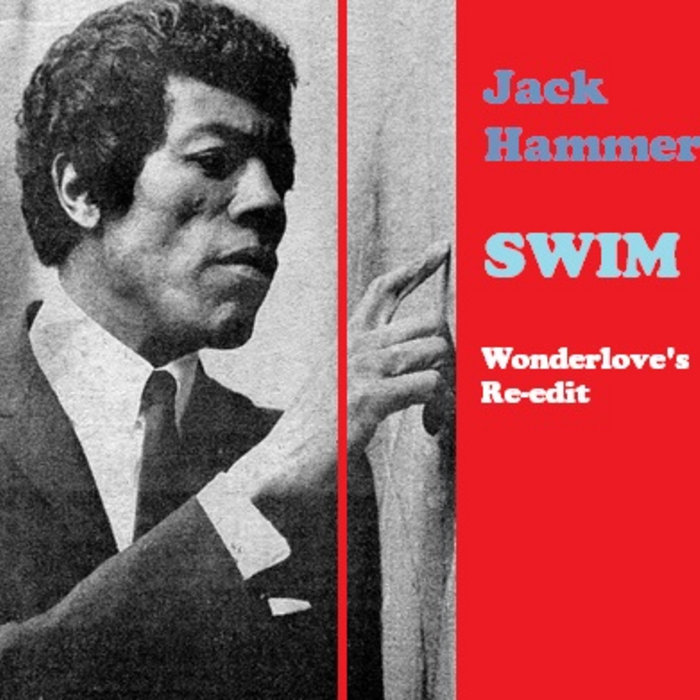
Swim (Wonderlove's Re-edit) – Jack Hammer
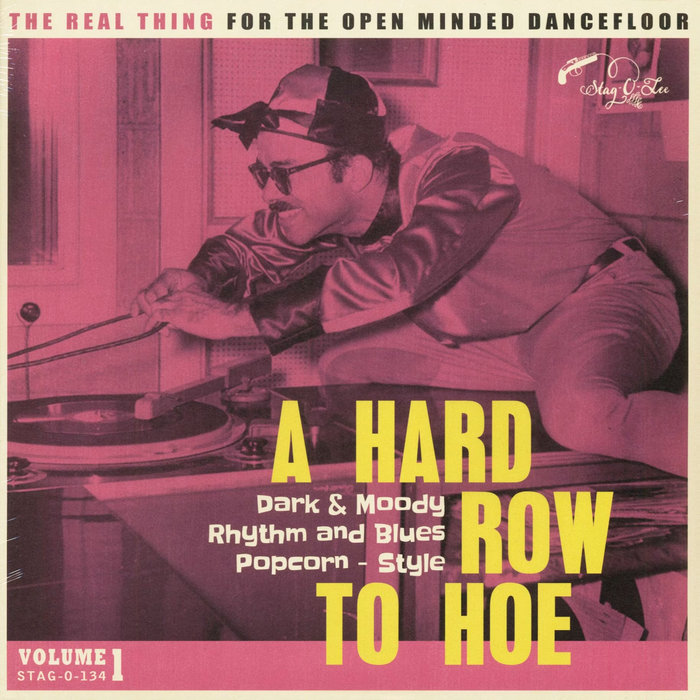
A Hard Row To Hoe – Otis Lee
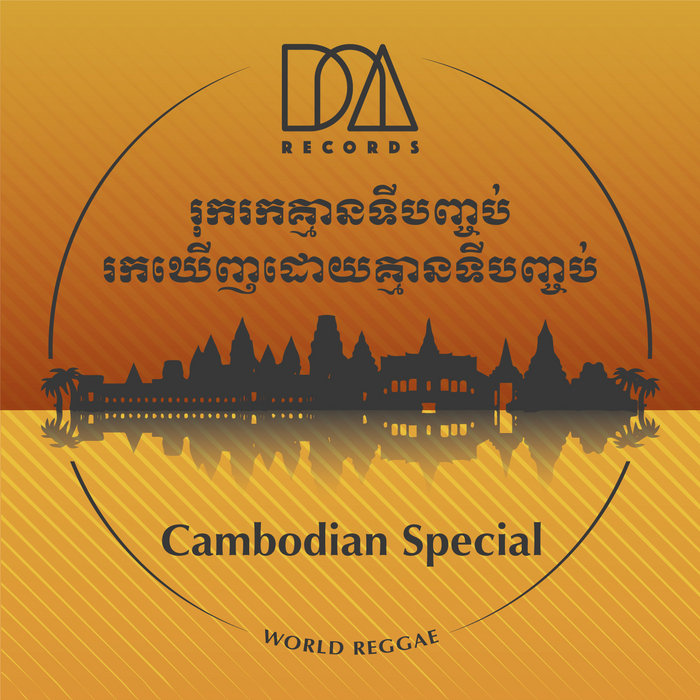
Cambodian Reggae Special – djdsk
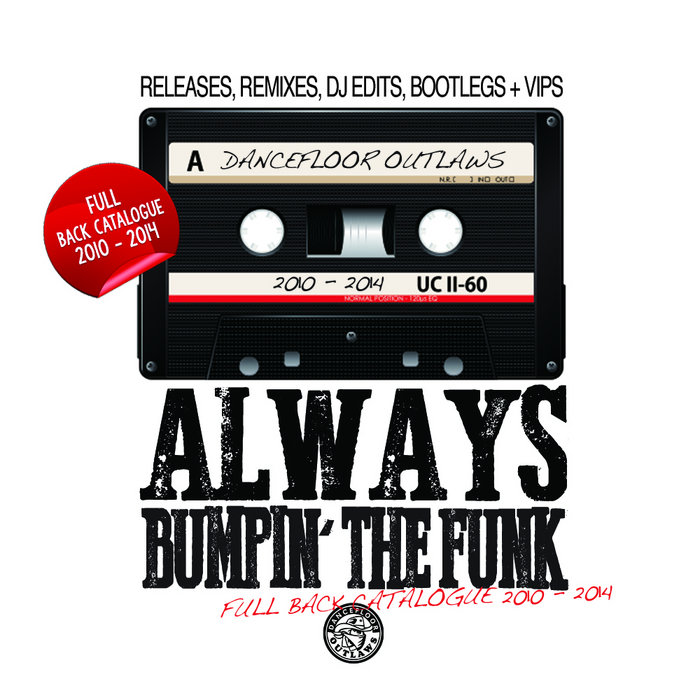
Always Bumpin' The Funk | 2010 – 2014 – Dancefloor Outlaws